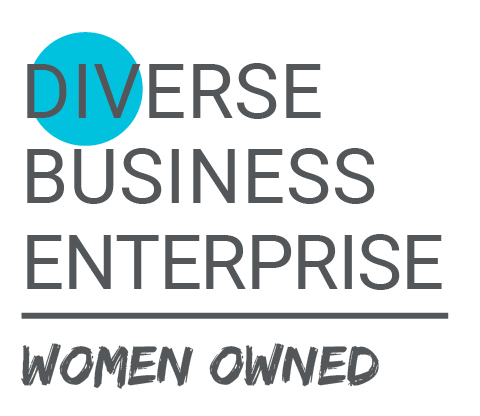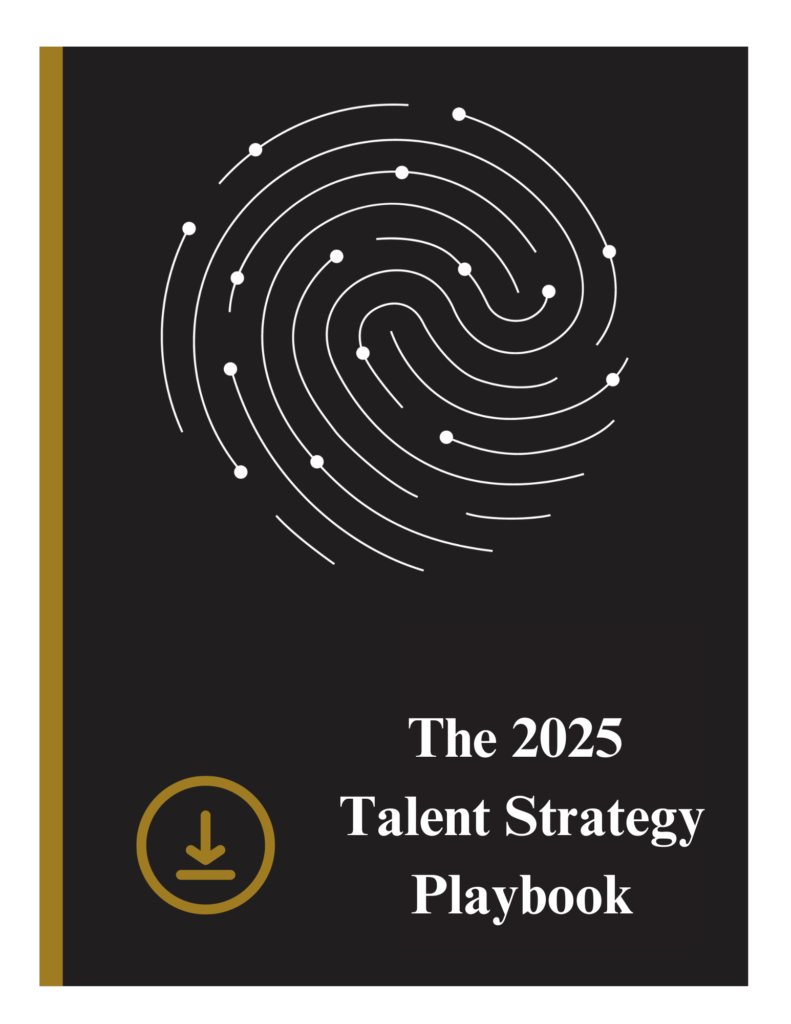by Nicole Degi
Creating a supportive and inclusive environment is essential for retaining top talent. One key aspect of this is offering thoughtful and comprehensive maternity and paternity plans for employees. These plans not only reflect a company’s commitment to employee well-being but also strengthen the workplace culture, employee satisfaction, and overall productivity.
Balancing career and family responsibilities is one of the most significant challenges many employees face. A well-designed maternity and paternity plan provides the security and support employees need during this important life transition.
Having a well-thought-out parental leave plan will have multiple long-term benefits from employee retention to increased loyalty and productivity because employees will feel valued to attracting top tier candidates to work at your organization.
A supportive parental leave plan could look like this:
Paid Leave
Typically, employers start with a paid leave plan so that parents have an ample amount of time to settle in with their new baby. Consider offering at least 12 weeks of paid leave, with flexibility to extend based on individual needs. When creating the plan be sure to outline how much leave will be paid and at what percentage. Specify how benefits such as health insurance and paid time off will be managed during leave. It is important to guarantee job security during leave, ensuring employees can return to the same or an equivalent position and that taking leave will not negatively impact their career.
Flexibility in Return to Work
Let’s face it, returning to work after parental leave can be very difficult. Offering flexibility, such as part-time hours, remote work options, or a phased return, helps ease the transition. This flexibility reduces stress for new parents and increases the likelihood of a smooth return to full productivity.
Health and Wellness Support
Supporting the physical and mental well-being of new parents is essential. Employers should consider offering access to services or resources to support new parents and help the transition, including breastfeeding or lactation rooms at work. This exemplifies employee care, beyond just financial benefits.
Being Inclusive with Policies
A modern maternity and paternity plan should be inclusive of all family dynamics. This means extending parental leave benefits to adoptive parents, LGBTQ+ couples, and those undergoing surrogacy. Inclusive policies show that the company values all types of families and promotes equity in the workplace.
Clear Communication About Policies
One of the most overlooked aspects of maternity and paternity plans is ensuring that employees are aware of and understand their options. Employers should provide clear, accessible information about leave policies, including eligibility requirements for the paternal leave policy. In the policy, it is important to clearly define which employees qualify for leave (example: full-time, part-time, or length of service).
If your organization does not have a plan, below are tips to include one:
- Evaluate Current Policies: Begin by assessing your company’s existing maternity and paternity policies. Are they competitive within your industry? Do they adequately support employees from all backgrounds? Look at other companies’ best practices for inspiration and areas of improvement.
- Collaborate with HR and Legal Teams: Ensure that your policies comply with local and national labor laws, including the Family and Medical Leave Act (FMLA) in the United States or any relevant state-level mandates. Your HR and legal teams should also help with fine-tuning the language of your policies to make them as clear and equitable as possible.
- Provide Ongoing Support: Offering maternity and paternity leave is only the first step. Supporting parents after their return is equally important such as resources and peer support groups.
By including these elements in a parental leave plan, employers can ensure that their policy not only supports their employees’ needs but also promotes a positive, family-friendly work environment. Implementing this into your organization is not just nice to have, but it is a strategic long-term investment for your business and employees and keeps you well-positioned to support parents and attract and retain talent.



















